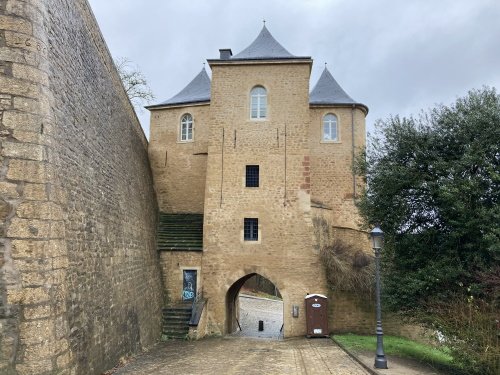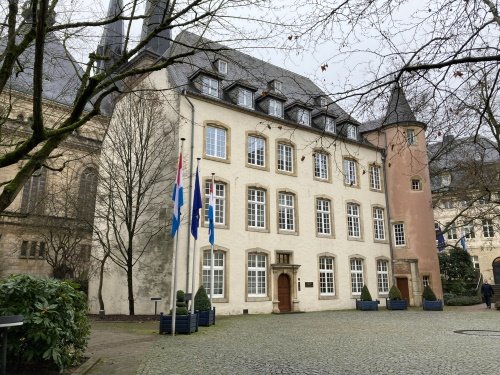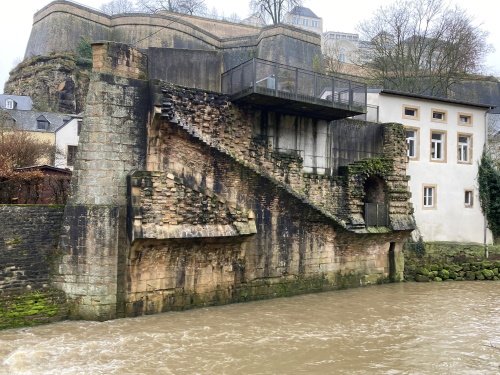First published: Sun 09 Jan 2022.
Els Slots
Luxembourg revisited
Comments
2 comments
Astraftis
3 years, 10 months ago (Jan 9, 2022)
I visited Luxemburg on a whim, just to complete the BeNeLux capitals, and it was a big surprise. It's such an intricated and complex cityscape! And it has a couple of great museums presnting the country uder all aspects. Moreover it was winter and I wandered alone the fortifications immersed in the fog, a surreal experience. I wonder how (apparently) it's not a more popular destination! An extension would make sense indeed.
Reply
Meltwaterfalls
3 years, 10 months ago (Jan 9, 2022)
I have a real soft spot for Luxembourg. I’m not 100% sure quite why, culturally it is very quiet, and it didn’t exactly have a throbbing nightlife, but I have been three times and have throughly enjoyed each one.
I was surprised at how limited the WHS boundaries are though. It covers most of the parts I would have imagined, though I am a little surprised the Petrusse ravine and bridges aren’t included.
Thanks for doing a bit of digging though, hopefully it will come in useful for my next visit!



